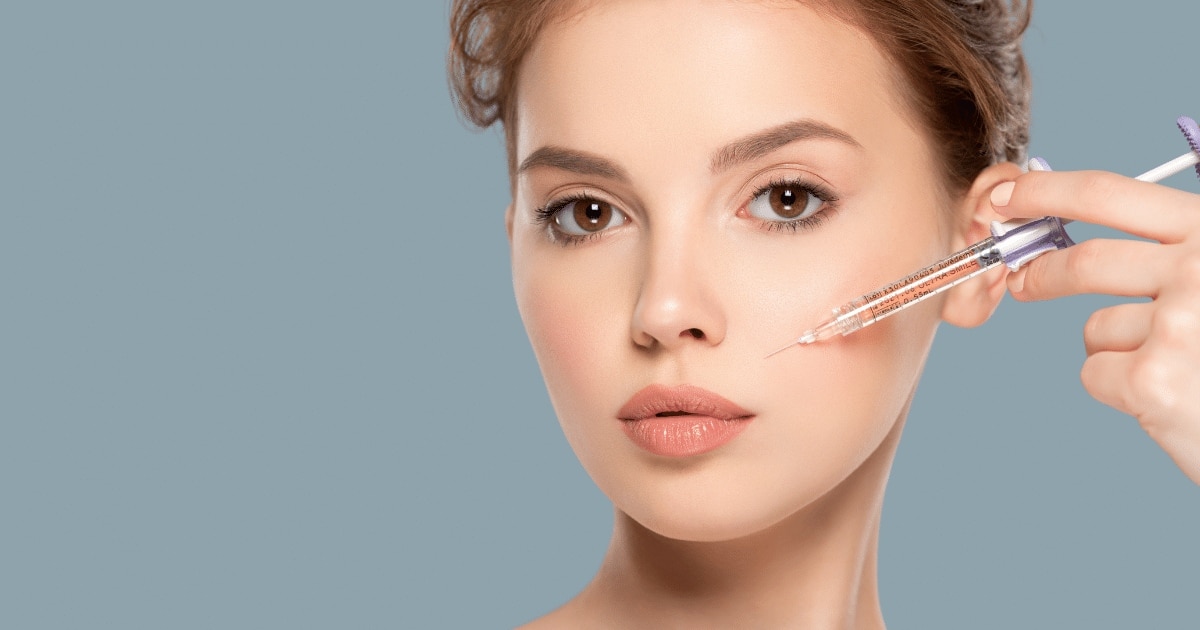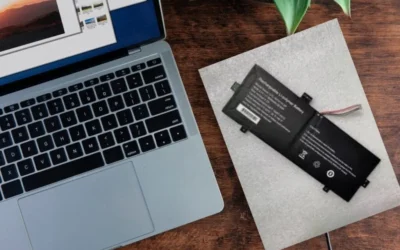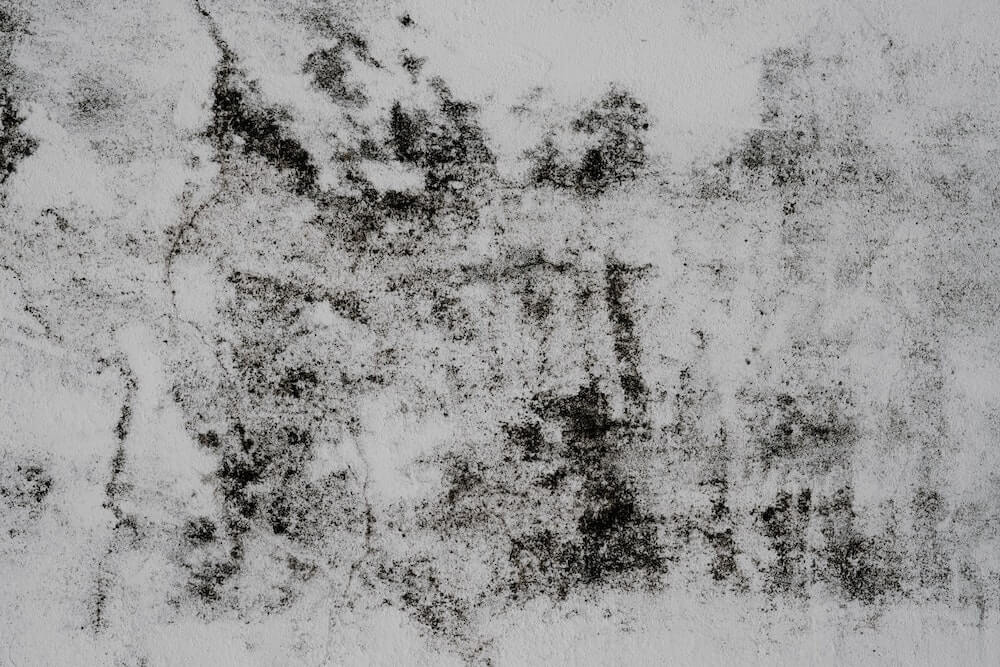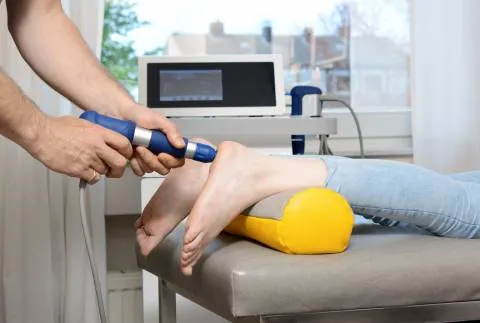Exploring the Non-Cosmetic Uses of Botox

When most people think of Botox, they picture a cosmetic treatment used to reduce wrinkles and fine lines. However, Botox (Botulinum toxin) has a wide range of non-cosmetic applications that extend far beyond the realm of beauty. From treating medical conditions to enhancing the quality of life, Botox has proven to be a versatile and effective solution for various health issues.
What Is Botox?
Botox is a neurotoxin produced by the bacterium Clostridium botulinum. When used in small, controlled doses, it temporarily paralyzes or weakens targeted muscles by blocking the release of acetylcholine, a neurotransmitter responsible for muscle contractions. This mechanism is not only useful for smoothing wrinkles but also for treating various medical conditions.
Let’s delve into some of the fascinating non-cosmetic uses of Botox and how it’s making a significant impact in the medical field.
1. Chronic Migraine Relief
One of the most well-known non-cosmetic uses of Botox is in the treatment of chronic migraines. The FDA approved Botox for migraine relief in 2010, and since then, it has become a go-to treatment for those who suffer from frequent headaches.
- How It Works: Botox injections are administered around the head and neck, targeting specific muscles associated with migraines. The treatment helps to block pain signals, reducing the frequency and severity of migraines.
- Effectiveness: Studies have shown that patients receiving Botox for chronic migraines experience a significant reduction in the number of headache days per month.
2. Overactive Bladder (OAB)
Overactive bladder affects millions of people worldwide, leading to symptoms like frequent urination, urgency, and urinary incontinence. Botox injections offer a viable treatment option for individuals who have not responded well to other medications.
- How It Works: When injected into the bladder muscle, Botox helps relax the muscle, reducing overactivity and alleviating symptoms. This leads to improved bladder control and a decrease in urinary urgency.
- Duration: The effects of Botox for OAB can last up to 6-12 months, offering long-term relief for many patients.
3. Hyperhidrosis (Excessive Sweating)
Hyperhidrosis is a condition characterized by excessive sweating, often in the underarms, hands, feet, or face. While antiperspirants may work for some, others require more advanced treatments to manage this condition.
- How It Works: Botox is injected into the sweat glands, blocking the nerve signals that trigger sweat production. This results in a significant reduction in sweating in the treated areas.
- Common Areas Treated: The underarms are the most commonly treated area, but Botox can also be used on the hands, feet, and face.
4. Muscle Spasticity and Dystonia
Individuals with conditions like cerebral palsy, multiple sclerosis, and spinal cord injuries often experience muscle spasticity, where muscles become stiff or tight, leading to pain and limited movement. Similarly, dystonia involves involuntary muscle contractions, causing twisting or repetitive movements.
- How It Works: Botox helps to relax the affected muscles by blocking nerve signals, reducing spasticity and improving movement.
- Common Uses: Botox is frequently used to manage spasticity in the arms, legs, neck (cervical dystonia), and even in the hands and feet.
5. Strabismus (Crossed Eyes)
Strabismus, commonly known as crossed eyes, is a condition where the eyes do not align properly. It often affects children but can occur in adults as well.
- How It Works: Botox is injected into the eye muscles to weaken them temporarily. This helps the eyes align properly, reducing the appearance of strabismus.
- Alternative to Surgery: In some cases, Botox can be an effective alternative to corrective eye surgery, especially for those who may not be ideal candidates for surgical procedures.
6. Blepharospasm (Eyelid Twitching)
Blepharospasm is an involuntary blinking or twitching of the eyelids, which can be both uncomfortable and disruptive to daily life.
- How It Works: Botox injections relax the muscles around the eyes, reducing twitching and spasms.
- Effectiveness: Most patients experience significant relief within a few days of treatment, with effects lasting for about three to four months.
7. Temporomandibular Joint (TMJ) Disorders
Temporomandibular joint disorders cause pain in the jaw joint and surrounding muscles, often leading to difficulty in chewing, talking, and other daily activities.
- How It Works: Botox is injected into the jaw muscles, helping to reduce tension and alleviate pain associated with TMJ disorders.
- Improved Quality of Life: Patients often report reduced jaw pain, fewer headaches, and an improved ability to chew and speak.
8. Depression
While still an emerging area of research, there is evidence suggesting that Botox may be helpful in treating depression.
- How It Works: The theory is based on the “facial feedback hypothesis,” which suggests that facial expressions can influence emotional experiences. By relaxing the frown muscles, Botox may reduce negative emotions associated with depression.
- Current Research: Several clinical trials are ongoing, but early results have shown promise in using Botox as an adjunct treatment for depression.
9. Sialorrhea (Excessive Drooling)
Sialorrhea, or excessive drooling, is often associated with conditions like Parkinson’s disease, cerebral palsy, or stroke. It can be socially embarrassing and challenging to manage.
- How It Works: Botox injections into the salivary glands help reduce saliva production, thereby controlling drooling.
- Duration: The effects can last for several months, providing significant relief for those affected.
10. Raynaud’s Disease
Raynaud’s disease causes some areas of the body, like fingers and toes, to feel numb and cold in response to stress or cold temperatures. This happens due to the narrowing of blood vessels, reducing blood flow.
- How It Works: Botox injections can help relax the blood vessels, improving blood flow and reducing symptoms.
- Potential Benefits: Patients report less pain, fewer episodes, and improved comfort in cold environments.
Final Thoughts
While Botox is most commonly associated with cosmetic procedures, its non-cosmetic uses are vast and continue to expand. From providing relief for chronic migraines to treating muscle disorders and beyond, Botox has proven to be a versatile treatment option that improves the quality of life for many individuals.
For anyone seeking exceptional Botox services in Redmond, WA, Aim4HealthNW.com stands out with its commitment to quality and patient care. Their knowledgeable team ensures a personalized experience, making it a top choice for those exploring the diverse benefits of Botox. As research continues, we may discover even more applications for this remarkable neurotoxin in the medical field










